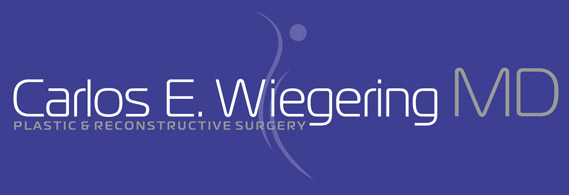Rhinoplasty
 Surgery of the nose is one of the most common of all plastic surgery procedures. There are individuals who have been unhappy with the appearance of their nose for their whole life, and there are individuals who have had their nose altered as a result of injury. Rhinoplasty offers a solution to these individuals. There are many ways rhinoplasty can improve upon one’s nasal appearance.
Surgery of the nose is one of the most common of all plastic surgery procedures. There are individuals who have been unhappy with the appearance of their nose for their whole life, and there are individuals who have had their nose altered as a result of injury. Rhinoplasty offers a solution to these individuals. There are many ways rhinoplasty can improve upon one’s nasal appearance.
This surgery can reduce or increase the overall size of your nose, change the shape of the tip or bridge, narrow or widen the nostrils. Not only can rhinoplasty enhance appearance, it can also help improve one’s breathing. The consultation is an important part of the process because it allows the doctor to examine the current state of the nose and determine what can be done to enhance its appearance.
The rhinoplasty procedure usually takes an hour or two, though more complicated procedures may take longer. The surgery starts with the skin of the nose being separated from its supporting framework of the bone and cartilage, which is then sculpted to the desired shape. The skin is then redraped over the new framework. After the surgery is complete, a splint is then applied to help the nose maintain its new shape. Nasal packs or soft splints may be placed in the nostrils to stabilize the septum; this is the dividing wall between the air passages.
The best candidates for a rhinoplasty are those people who are looking for an improvement in the way they look, not those searching for perfection.
After surgery, during the first twenty-four hours, the face will feel puffy, the nose may ache, and the patient may experience a dull headache. The patient should plan on resting with their head elevated for the first day. There will be swelling and bruising around the eyes, reaching a peak after two to three days. By the end of one week all packing, dressings, splints and stitches should be removed and the patient is able to return to school or work. It will be a few weeks following surgery before patients can resume more strenuous activities. Healing times vary with patients.
Please consult with Dr. Wiegering as to which procedure will best meet your needs.

